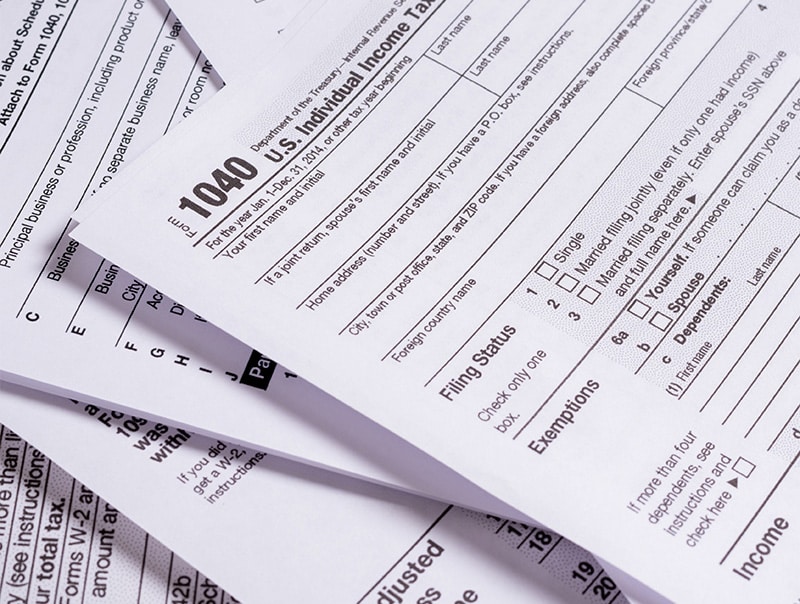Use Options on the S&P 500 Correctly
to Generate Income
RS Low Beta Opportunity Fund sells downside SPX puts at a strike price below the current market price. If the SPX does NOT go below that strike at expiration, the investor keeps all of the premium as income.
RS Low Beta Opportunity Fund provides investors S&P 500 equity market exposure with reduced downside risk that will continuously and systematically generate income in sideways and rising markets, and significantly outperform in down markets.
RS Low Beta Opportunity Fund will never use leverage to generate income since puts will always be sold on a notional basis, not delta basis. In addition, due to the nature of always closing/rolling expiring puts and never taking assignment, the full AUM of the Fund is invested in treasuries. This allows RS Low Beta Opportunity Fund to benefit from higher interest rates. Higher interest rates increase the strategy’s return profile, as the profits generated from our put sales (in addition to our full AUM) gets invested in higher yielding short-term treasuries.
When this strategy is used correctly, it reduces portfolio risk, allowing an investor to enter the market at a lower price and earn income while waiting for a lower entry point into the market.

Risk/Reward Across Different Market Scenarios
Generate consistent income with beta significantly lower than the market.
- Down Market: Significant outperformance due to lower Beta and a rising VIX, allowing options to be sold for a higher premium as the market declines and options are rolled.
- Flat Market: Significant outperformance due to majority of options expiring worthless and the VIX being elevated relative to an up market.
- Moderate up Market: Very good performance, and while overall outperformance is likely accomplished with much less risk, it is ultimately dependent on speed or magnitude of the up move.
- Rapid up Market: Positive results but will underperform because lower beta limits the performance to premium collected.
Understanding Beta of the Strategy
On average, this strategy should have 30% of the risk/reward of the overall S&P 500 on extreme moves, with reduced risk and increased reward on smaller moves.
The 30% risk/reward of the overall S&P 500 on extreme moves is due to the fact that throughout the entire year, the average beta of the portfolio is 0.30. The beta will not be 0.30 every single day of the year.
At initiation of RS Low Beta Opportunity Fund, the beta was approximately 0.30. Following a big down year, we will enter the following year at a higher beta, and following a big up year, we may enter the following year at a slightly lower beta.
As the market goes sideways or up and the options approach expiration and a worthless value, the beta slowly reduces (typically toward 0.15-0.20).
As the market goes down and the likelihood of the options going in the money increases, the beta slowly increases (typically toward 0.40-0.80). Once the market stabilizes (this could take weeks, months, or even quarters), the average beta slowly heads back to 0.30. NOTE: This is where tremendous opportunity arises because as volatility spikes, the premiums sold will be much higher, but it sometimes takes up to several quarters to play out.
Tax Implications/Efficiency

The tax benefits of the fund are advantageous over an investor managing his or her own account.
The majority of options the Fund sells are SPX index options. This allows us to take advantage of the accounting rules for a 1256 contract. Short term capital gains on index options have beneficial tax treatment; 60% will be taxed at long term capital gains, while only 40% will be taxed at short term capital gains.
For an investor in the 35% tax bracket, it will reduce the overall tax rate to 26% for SPX options.

